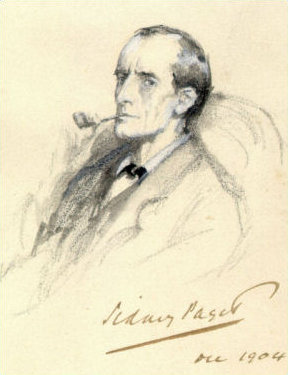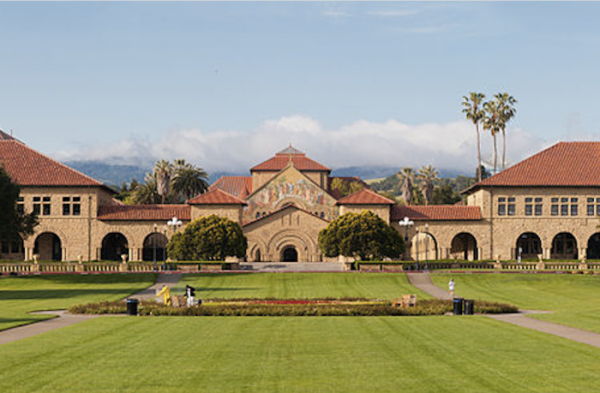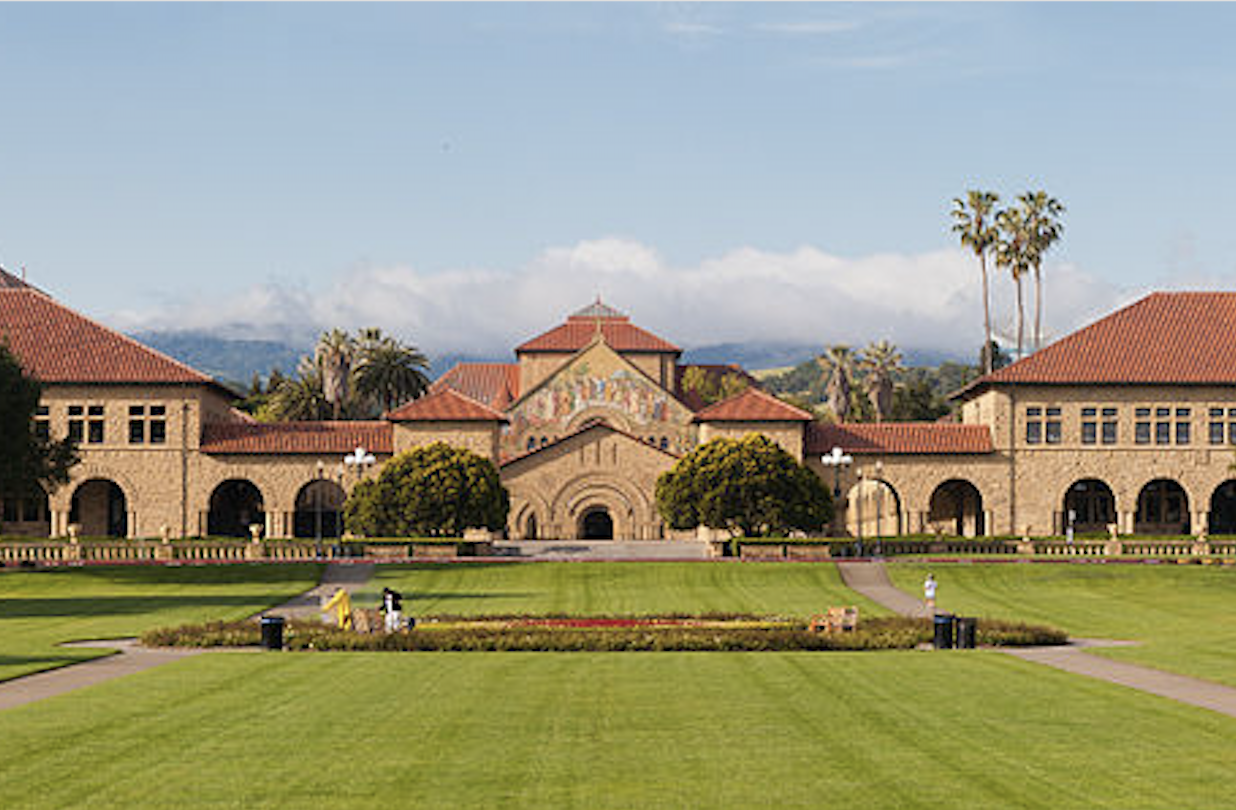First thing you need to know: Before doing anything else, you should simply click “play” and start watching the video above. It doesn’t take long for Robert Sapolsky, one of Stanford’s finest teachers, to pull you right into his course. Better to watch him than listen to me.
Second thing to know: Sapolsky is a MacArthur Fellow, a world renowned neurobiologist, and an adept science writer best known for his book, Why Zebras Don’t Get Ulcers. Much of his research focuses on the interplay between the mind and body (how biology affects the mind, and the mind, the body), and that relationship lies at the heart of this course called “Human Behavioral Biology.”
Now the third: Human Behavioral Biology is available on YouTube and iTunes for free. The course, consisting of 25 videos spanning 36 hours (watch them all below), is otherwise listed in the Biology section of our big list of Free Online courses (now 1,700 courses in total).
If you would like to sign up for Open Culture’s free email newsletter, please find it here. Or follow our posts on Threads, Facebook, BlueSky or Mastodon.
If you would like to support the mission of Open Culture, consider making a donation to our site. It’s hard to rely 100% on ads, and your contributions will help us continue providing the best free cultural and educational materials to learners everywhere. You can contribute through PayPal, Patreon, and Venmo (@openculture). Thanks!
Related Content:
Atheist Stanford Biologist Robert Sapolsky Explains How Religious Beliefs Reduce Stress
 When Sir Arthur Conan Doyle first conceived of Sherlock Holmes in 1887, he probably didn’t anticipate that the “consulting detective” would become the world’s favorite fictional investigative logician and eventually infiltrate everything from academic curricula to Hollywood. Just last year, the BBC produced a fantastic
When Sir Arthur Conan Doyle first conceived of Sherlock Holmes in 1887, he probably didn’t anticipate that the “consulting detective” would become the world’s favorite fictional investigative logician and eventually infiltrate everything from academic curricula to Hollywood. Just last year, the BBC produced a fantastic 




